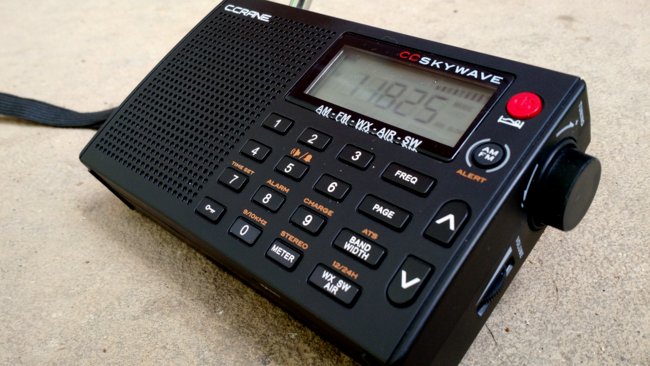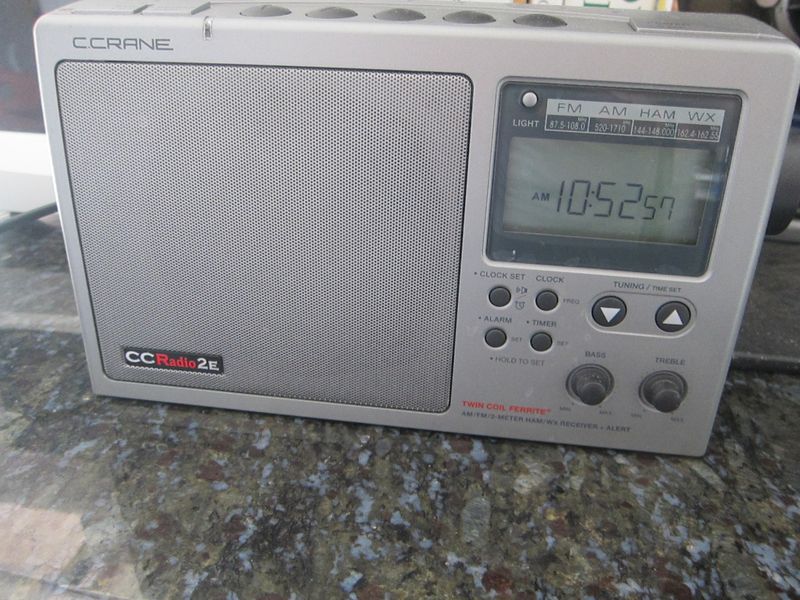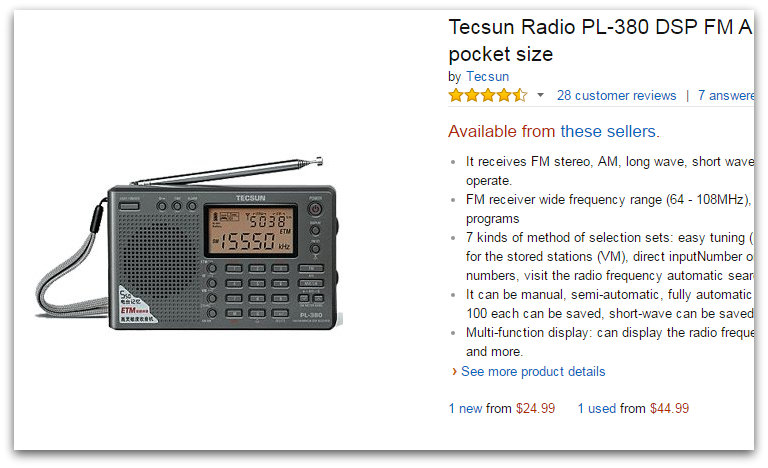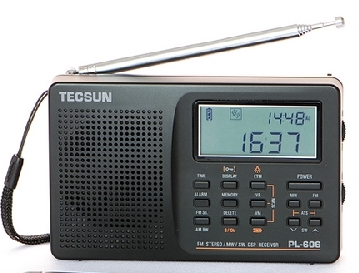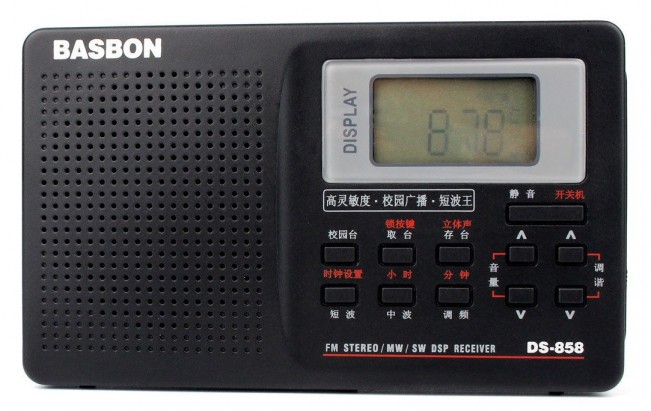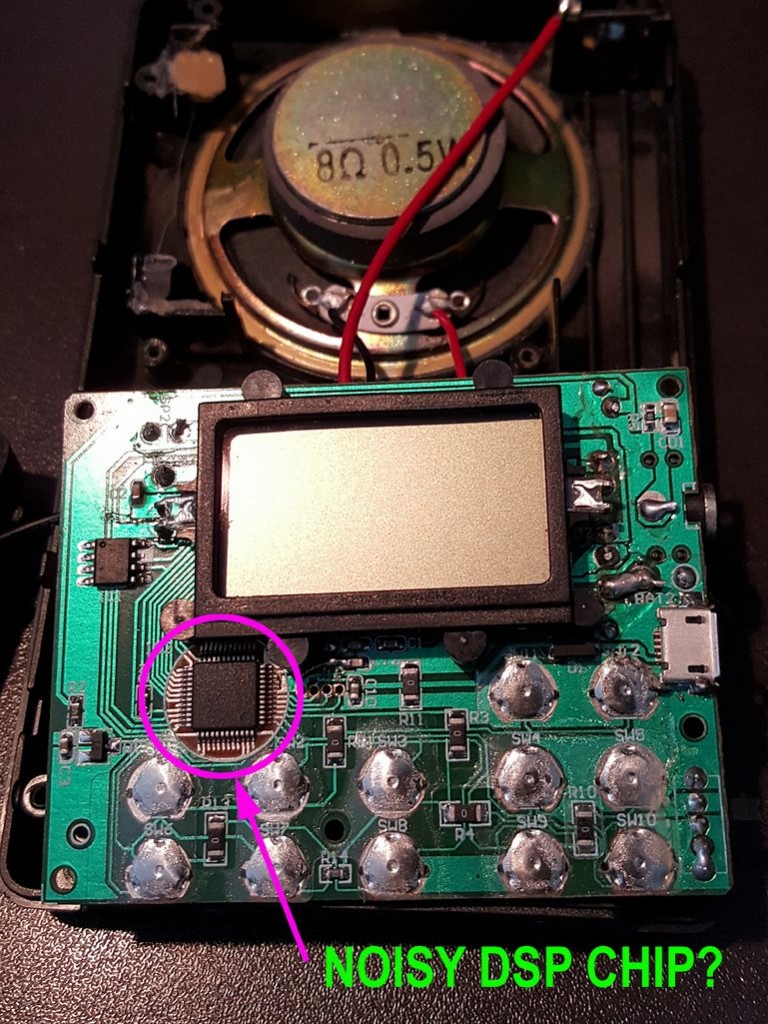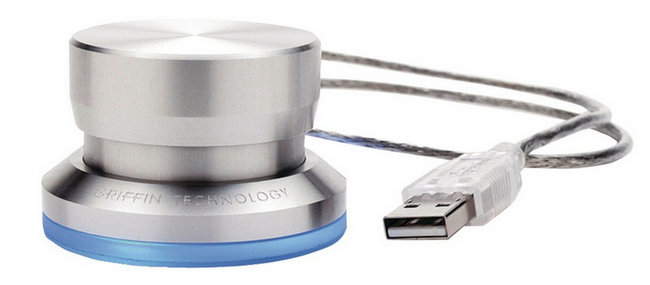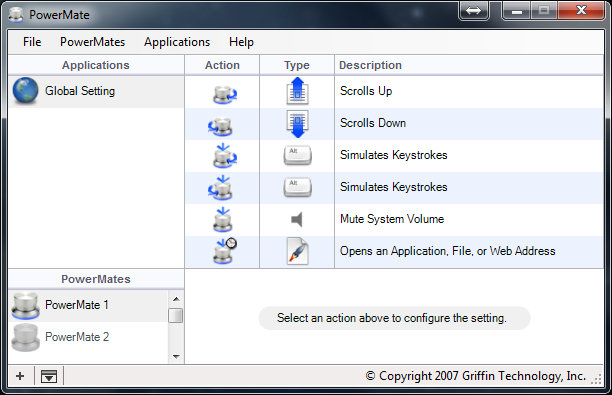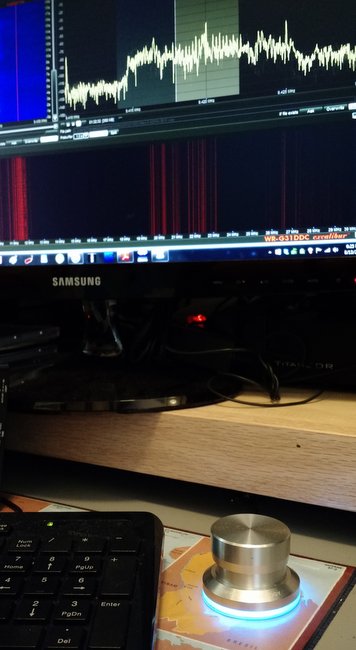SWLing Post reader, Bob C., recently shared his review of the C.Crane CC Skywave portable radio:
Well, I just received my new CC Skywave radio and it’s terrific! I own a lot of portable radios (including several Tecsun DSP sets), and the Skywave is a new favorite and will likely become my standard radio for travel.
Good fit and finish, great ergonomics, and easy to use. I was pleased to find that, despite what’s written in the ads and on the back of the radio, you can set the radio to receive FM down to 76 MHz by selecting the a 9 kHz MW spacing.
Great for international travel. The following is my brief review (by band):
Mediumwave
The Skywave is far better than any of the Tecsuns and is almost as good as the C Crane 2E (my best MW receiver). At my location (40 miles N of Chicago), the distant groundwave fringe includes WLW, WJR, and KTRS (St. Louis) – in descending order of reception potential. Most radios can get a whisper of WLW (though not discernible), while the other two are rare. The C Crane 2E gets WLW and WJR well enough that you can listen; KTRS is detectable. The Skywave gets WLW and WJR and you can tell that KTRS is there. That indicates that the Skywave is among the best. And there are no birdies nor whistles on the band. Nice.
FM
Just as sensitive and about 99% as selective as any of the Tecsun DSPs. The shorter antenna doesn’t seem to hamper reception at all. And, with no soft muting and a more logical tuning setup, it’s a pleasure to work with. Lastly, the stereo reception threshold on the C Crane DSP chip is significantly lower than that on any of the Tecsun rigs, so most signals decode stereo and simply sound better. Where I live, I have tons of signals that are 0.2 MHz apart (i.e. 101.9 Chicago, 102.1 Milwaukee, 102.3 Waukegan – and local) – the Skywave has no trouble separating these and providing a usable signal for all three.
Shortwave
Seems to do just fine. I have not had any overload issues with my unit and can pull in all as many SW signals and most of my other small portables. The lack of SSB is an inconvenience, I suppose, but I guess you can’t have it all!
NOAA/Weather radio
This band is great to have and is perfectly functional. I will say that this isn’t my most sensitive WB radio, but it’s not deaf by any definition. It’s just a little less sensitive to distant fringe WB stations than some of my other sets. But it does dependably pull in anything within 60 miles, so we’re only talking about ability to pull in distant fringe signals (which can be fun).
Air
I’ve played around with this a little and it definitely works better than expected. O’Hare tower is about 25 miles away and I get it clearly, along with aircraft that are (from what I can tell) basically anywhere within about 60 miles. The ability to scan is very helpful; however, catching a signal when someone is broadcasting is tricky. A little online research into local ATC frequencies goes a long way toward having fun on this band. The Skywave seems to work the Air Band better than the G6 and G3, my only other radios with this band.
So, overall, this radio has been a very pleasant surprise. No disappointments whatsoever. Kudos to C Crane Company for doing such a fine job with yet another radio.
Thanks so much for sharing your thoughts on the CC Skywave, Bob! Like you, I really love this little radio for travel and gave it a favorable review several months ago.
That’s an excellent tip about widening the FM frequency range down to 76 MHz by selecting 9 kHz steps on mediumwave. Brilliant!
Readers should be aware that some Skywave owners have noted a vulnerability to overloading and imaging in urban markets or where blowtorch stations are nearby. If your listening post fits this description, you may want to hold off until C.Crane has addressed the issue.
The CC Skywave can be purchased directly from C. Crane. It is also available at Universal Radio and Amazon.com.

